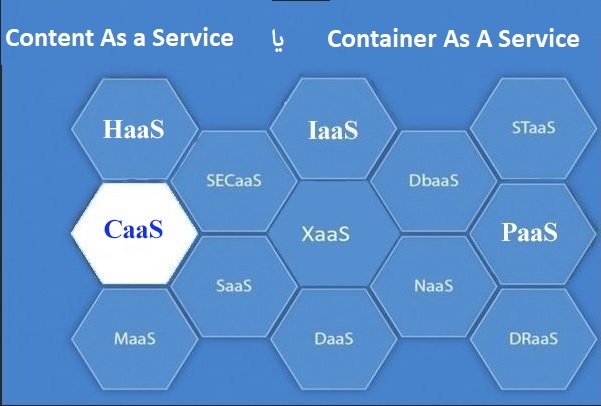What Is Caas? Two Completely Different Meanings!
Caas Is Different From Caas! One Of The Interesting Aspects Of The Technology World Is That The Abbreviations Have The Same Name, And Their Meanings Are Different From Each Other.
Content as a Service (CaaS) Content as a Service (MCaaS) is a service-oriented model that refers to an architecture that provides services through common web services based on a subscription model. The service is delivered to the consumer.
This content is hosted by the service provider centrally in the cloud and is made available to subscribers who need content for an application or system. In the above model, the content can be prepared and provided to the consumer if needed. In this article, you will learn about both concepts of CaaS.
What is CaaS?
Content as a service is a way of delivering raw content (in other words, no special editing is needed to make the content understandable to humans). To be more precise, in the CaaS model, the content is not to be used by human agents but is prepared so that different systems or platforms can use it in specific ways.
This architecture is mostly implemented in the cloud through a centralized platform based on the Internet and is provided to the consumer as a built-in standard.
Using the content model as a service makes it possible to store your content in a single repository, manage it comprehensively, categorize it, make it available to others, search for it, and so on. You can also interact with the content while it is on your local hard drive.
Now that you are familiar with the first meaning, it is time to examine the second meaning of this term.
What is CaaS?
Container as a service (CaaS) is a cloud service model that allows users to load, organize, launch, stop, scale, and manage repositories, applications, and clusters. These processes use container-based virtualization technology, an application programming interface (API), or a web portal interface.
CaaS helps users build scalable, high-security applications through in-house or cloud data centers. This model uses containers and clusters as a service to simplify deployment in an enterprise cloud or data center.
What is a container?
Containers are executable units of software in which application code, libraries, and their dependencies are packaged based on common methods for use anywhere, such as desktop, traditional IT infrastructure, or cloud.
To do this, containers use an operating system (OS) virtualization. Operating system features (in the case of the Linux kernel, groups primitives) are used to separate processes and control CPU, memory, and storage space. Fixed is used.
Why is CaaS important?
CaaS helps developers make the process of building a container fully scalable and simplify application deployment. This model has an excellent advantage for IT departments. It provides a container deployment service to the IT team to control the deployment and application management process based on a strict, highly secure governance policy. The CaaS model helps companies facilitate container management in software-based infrastructure.
Like other cloud computing services, users can choose the CaaS resources they want and only pay for the resources they need. Examples of CaaS resources include computational examples, scheduling capability, and load balancing.
CaaS was considered a subset of infrastructure as a service (IaaS). At the same time, the middle ground was IaaS and platform as a service (PaaS).
However, it should be noted that CaaS includes a container that acts as the primary source instead of virtual machines (VMs) and bare metal hardware host systems typically used in IaaS environments.
The balancer, which automates key IT operations, is the most significant factor in the success of CaaS technology.
Google Kubernetes and Docker Swarm are two examples of popular CaaS balancing platforms. IBM, Amazon Web Services (AWS), and Google are examples of CaaS public cloud providers.
Different industries and organizations know the benefits of CaaS and container technology. Containers increase efficiency and quickly implement innovative solutions for modernizing applications and developing native clouds with microservices. Containerization helps this group of customers make the most of their fast-diffusing software, achieve the best portability between hybrid and multi-cloud environments, and save significantly on infrastructure, software licenses, and operating costs.
Benefits of Container as a Service
One of the most essential benefits of CaaS is its high portability. When a program is created in a container, it has everything it needs to run, such as dependencies and configuration files. Portability allows end-users to run their applications with high reliability in various environments and public or private clouds.
This portability gives companies much flexibility, speeds up the development process, and makes moving to a provider or other cloud environment easier. The second advantage of this method is the reduction of costs.
Containers do not require a separate operating system and fewer resources than a virtual machine. A container often only takes a few tens of megabytes, allowing you to run multiple containers on one server—the opposite of running a virtual machine on the server. This architecture significantly reduces hardware consumption and improves data center performance.
Containers do not communicate with each other and are somewhat separate from other containers hosted on servers, although they consume shared resources. If a plan for one container fails, other containers can continue to operate without any technical problems. Other advantages of containers include security, speed, scalability, and an efficient development environment.

